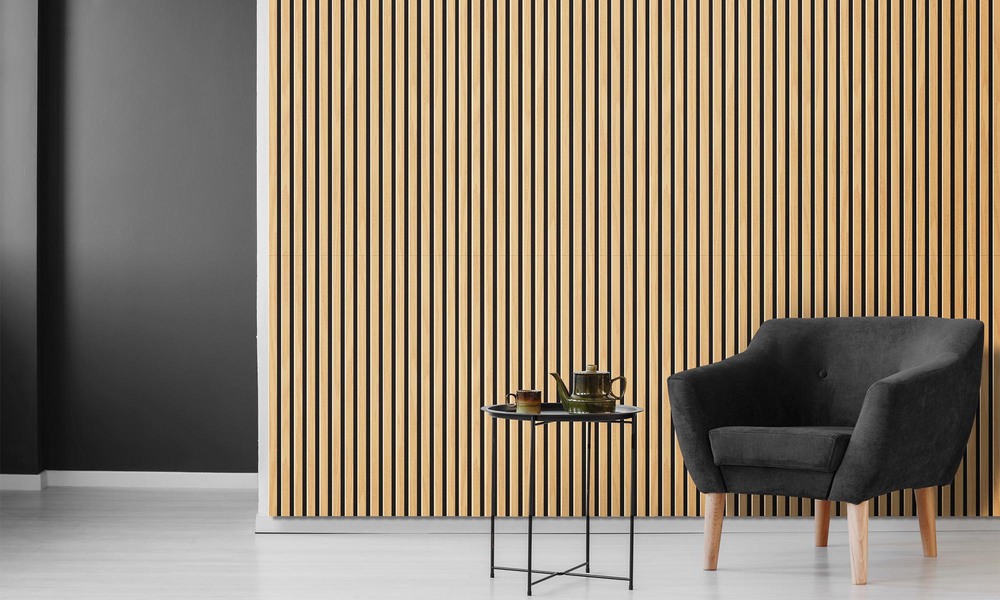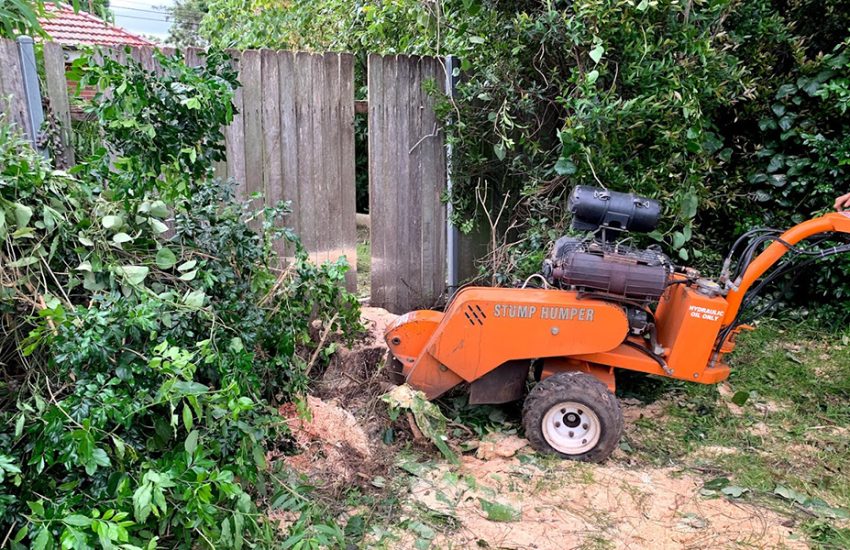Understanding the Mechanics of Acoustic Foam
Introduction
Whether you are trying to block out external noise or create a noise-free environment, understanding the science behind soundproofing is crucial for effective results. That’s where acoustic foam comes in. This versatile material is a popular choice for soundproofing due to its ability to absorb sound waves and reduce noise levels.
The Science of Acoustic Foam
Acoustic foam is a popular material used in soundproofing for its ability to absorb sound waves and reduce noise levels. But how does it actually work? In this section, we will dive into the science behind acoustic foam and its role in soundproofing.
Acoustic foam is a type of sound-absorbing material made from specially designed open-cell foams. These foams are made from materials such as polyurethane and melamine, which have high porosity and low density. This unique structure allows sound waves to pass through the foam, where they are converted into heat energy and absorbed.
The structure of acoustic foam is crucial in its effectiveness. The foam is designed with a series of peaks and valleys, creating a maze-like structure. This structure is what allows the foam to trap sound waves and prevent them from reflecting back into the room. The trapped sound waves then travel through the foam until they are eventually dissipated as heat energy.
The principles of sound absorption play a vital role in how acoustic foam works. When sound waves hit the foam, they cause the foam’s cells to vibrate. The vibrations are then converted into heat energy, reducing the sound wave’s intensity. This process is known as sound absorption, and it is the key mechanism behind acoustic foam’s soundproofing capabilities.
Factors Affecting Soundproofing with Acoustic Foam
Density and Thickness: The effectiveness of acoustic foam in soundproofing depends heavily on its density and thickness. Higher density foam is better at absorbing sound waves and reducing noise levels. Similarly, thicker foam can absorb a wider range of frequencies, making it more effective in soundproofing.
Air Gaps: The presence of air gaps between the foam and the wall can impact the performance of acoustic foam. These gaps can reduce the foam’s ability to absorb sound waves, leading to less effective soundproofing. It is important to properly seal and secure the foam to avoid any air gaps.
Frequencies and Noise Types: Different frequencies and types of noise can affect soundproofing with acoustic foam. Low-frequency noises, such as heavy bass, are more difficult to absorb and may require thicker foam. Additionally, the type of noise, whether it’s airborne or impact noise, can also impact the effectiveness of acoustic foam in soundproofing.
Tips for Using Acoustic Foam in Soundproofing
When using acoustic foam for soundproofing, there are a few key tips to keep in mind for optimal results.
- Proper installation: To effectively reduce noise levels, it is crucial to install acoustic foam correctly. Make sure to follow the manufacturer’s instructions and use the appropriate adhesive for your walls.
- Placement: Placing acoustic foam strategically around the room can significantly improve its soundproofing capabilities. Consider placing foam on the walls, ceiling, and corners to absorb sound reflections and reduce echo.
- Consider room size and noise source location: The size of the room and the location of the noise source can impact the effectiveness of acoustic foam. For larger rooms, thicker foam may be needed, and for loud noises coming from a specific direction, placing foam in that area can help block the noise.
By keeping these tips in mind and considering additional factors such as the density and thickness of the foam, you can achieve better soundproofing results. Remember that acoustic foam works best in combination with other soundproofing materials, so consider using it alongside other methods for maximum effectiveness.



